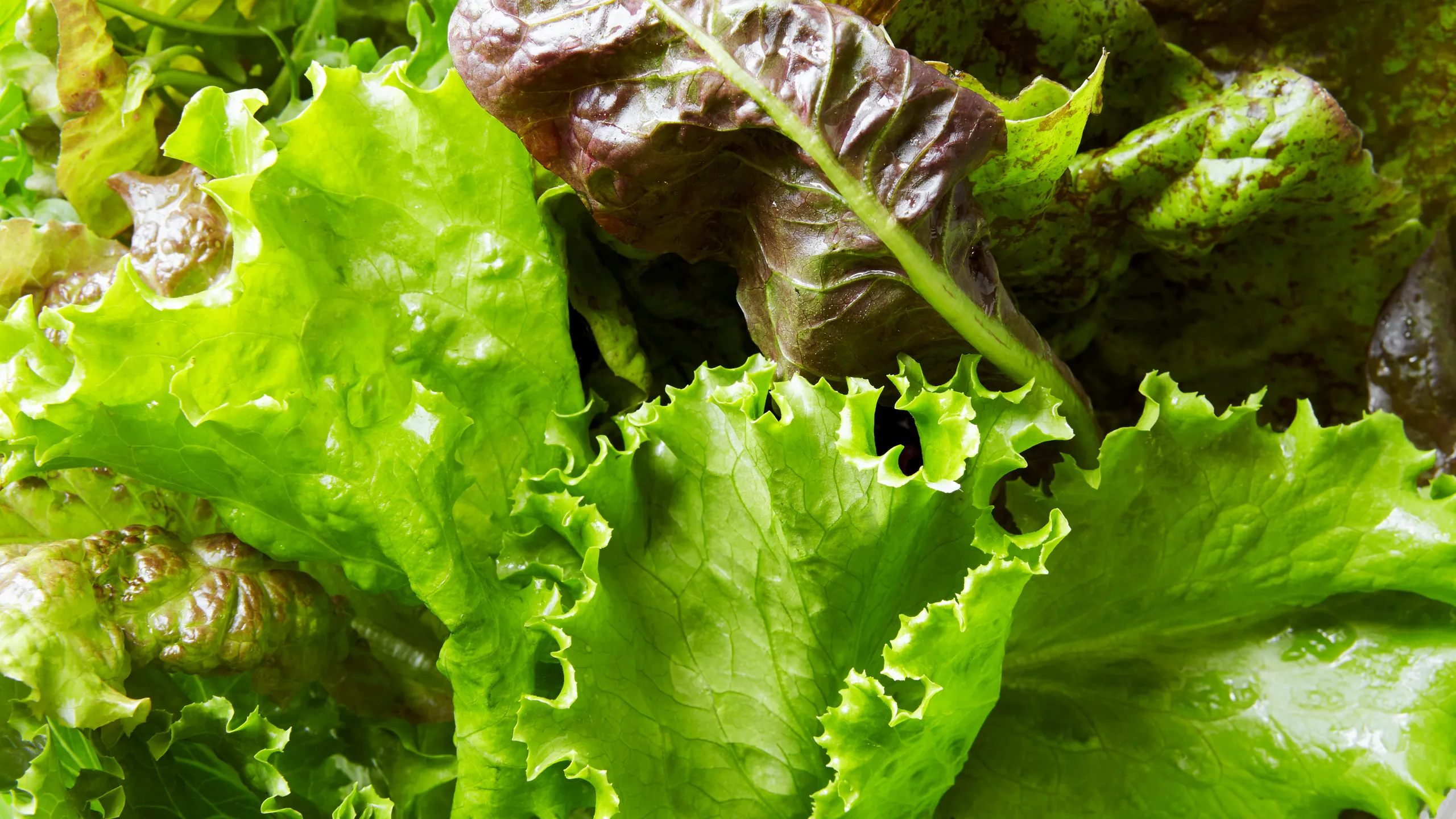Lettuce, with its crisp texture and mild flavor, is a versatile vegetable that can be enjoyed in salads, sandwiches, wraps, and more. It’s low in calories and packed with essential nutrients.
Nutritional Benefits of Lettuce
Lettuce is a good source of:
- Vitamin K: Essential for blood clotting.
- Vitamin A: Supports vision and immune function.
- Folate: Important for cell growth and development.
- Fiber: Promotes digestive health.
Types of Lettuce
- Iceberg Lettuce: A crisp and crunchy lettuce with a mild flavor.
- Romaine Lettuce: A hearty lettuce with a slightly bitter taste.
- Butterhead Lettuce: A tender and buttery lettuce with a mild flavor.
- Spinach: A leafy green vegetable with a slightly bitter taste.
- Arugula: A peppery and slightly bitter lettuce.
Culinary Uses of Lettuce
Lettuce is a versatile ingredient that can be used in a variety of dishes:
- Salads: Lettuce is the base for many salads, providing a refreshing and crunchy texture.
- Wraps: Lettuce leaves can be used as a low-carb alternative to tortillas.
- Juices and Smoothies: Lettuce can be added to green juices and smoothies for a nutrient boost.
Growing Lettuce
If you’re interested in growing your own lettuce, here are some tips:
- Choose the Right Variety: Select varieties that are well-suited to your climate and growing conditions.
- Prepare the Soil: Ensure the soil is well-draining and rich in organic matter.
- Plant the Seeds: Sow the seeds directly into the garden bed or start them indoors in seed trays.
- Water Regularly: Keep the soil consistently moist, but avoid overwatering.
- Harvest: Harvest lettuce when the leaves are fully grown and tender.
By incorporating lettuce into your diet, you can enjoy its refreshing taste and numerous health benefits.



